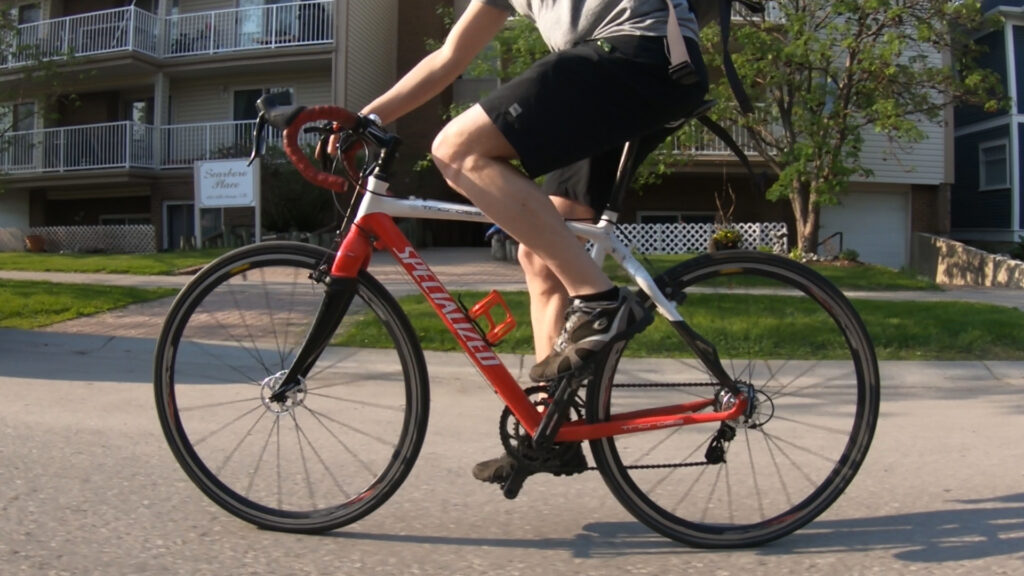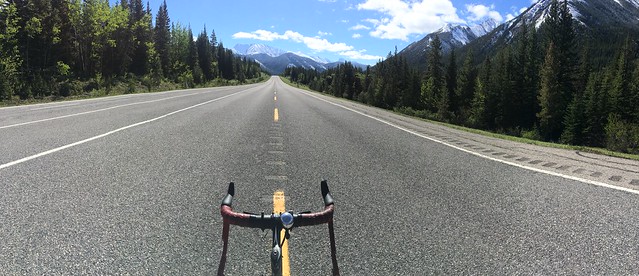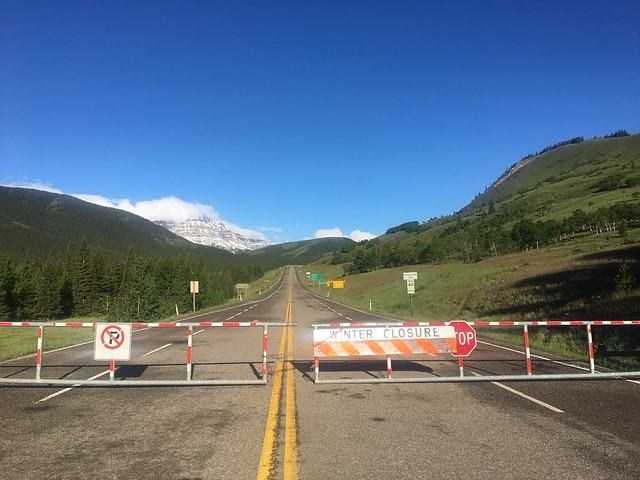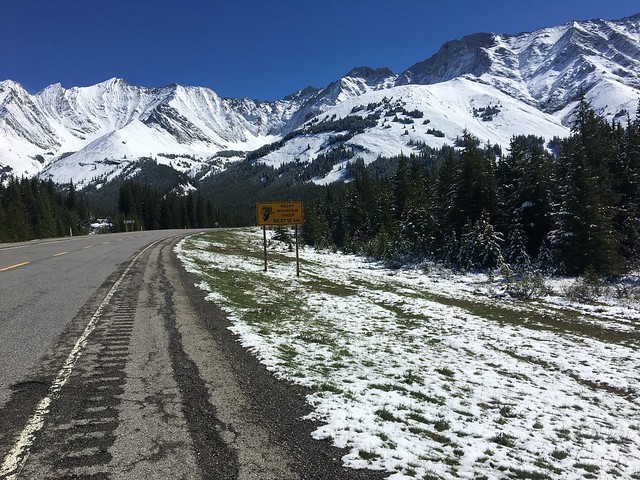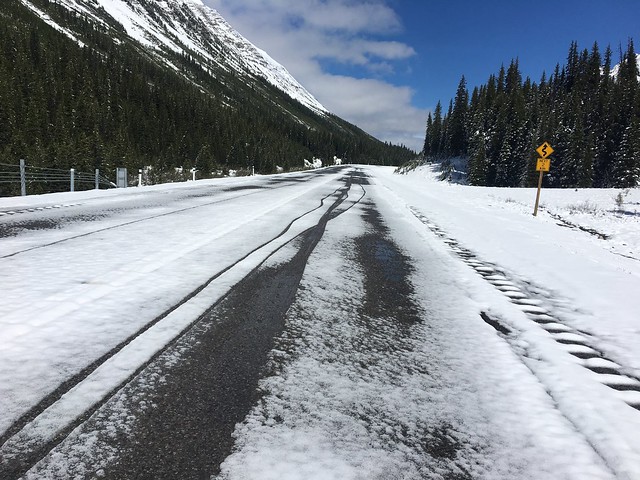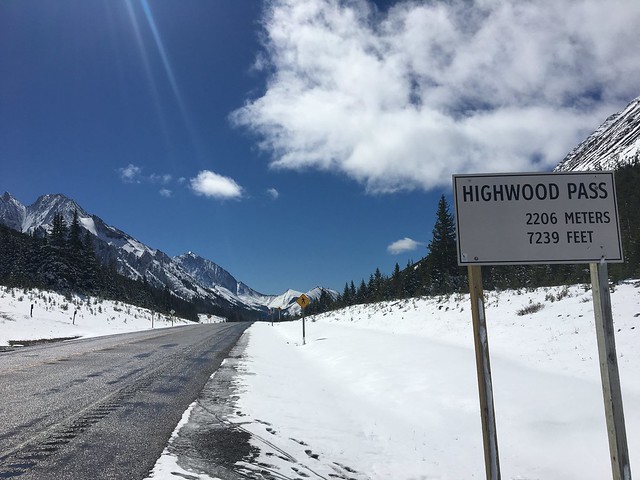Several years ago, Zak Pashak was in the market for a new bike. Not an expensive carbon-fibre race machine, or a $10,000 status symbol. He just wanted a simple, practical bike that wouldn’t require a lot of maintenance, time or money.
But he was quickly turned off by the athletic focus of the bike shops he visited, where salespeople pushed him toward tricked-out bikes well beyond his needs. Eventually, he found a bike that worked, but the experience planted a seed in his brain.
Today, Pashak is a bit of a folk hero of the American bike scene thanks to his company Detroit Bikes, which uses Motor City mechanical know-how to churn out American-made versions of that bike he had such trouble finding all those years ago: Simple, reliable, sturdy, well-made city bikes without needless bells and whistles.
“I just thought there’s people like me who want to buy a bike, and they can’t,” Pashak told me recently.
DetroitBikesManufacturing from Detroit Bikes on Vimeo.
But the market for such bikes in North American remains small, which leads to a bigger question: Why are so many North Americans reluctant to embrace the kind of bikes Pashak is building? And is that reluctance holding us back from more bike-friendly lives?
Several years ago, I had an almost identical experience as Pashak. After a tough winter of bike commuting, the constant need to fine-tune my slush-saddled commuter bike had sapped my already limited gearhead tendencies. At that point, I was in desperate need of a bike that wasn’t so damn needy.
Yet, I struggled to find one. After months of searching, I finally came across a bike so nondescript I might have missed it had my state of mind been different: Comfortable steel frame, three-speed internal hub, no-fuss matte black finish. It even had coaster brakes — I didn’t even know foot brakes were even a thing anymore.
Years later, I still ride this bike nearly every day, and I love it. It’s the easiest, most practical and efficient ride I own. Best of all, it demands almost nothing from me.

The A-Type by Detroit Bikes.
Such city bikes are much easier to come by these days than even five years ago. But when shopping for a new ride, many consumers, especially those not already immersed in the bike world, tend to default to the standard machines we’ve been sold for several generations now: mountain-bike style frames brimming with gears, often upsold to include suspension systems and carbon parts.
These can be great bikes in the right situations (like, say, scaling a mountain), but for some casual city cyclists, they can be expensive, impractical and sensitive. The risk is bigger than just a consumer choice. If you’re trying to use your bike for more than recreation, it can be completely discouraging if that bike doesn’t support that kind of lifestyle. If you’re bike is uncomfortable, you’re less likely to ride on a sore ass. If it can’t carry stuff, you’re less likely to use it for errands and shopping trips. If it’s loaded with needless gears that are in constant need of adjustments to prevent them from annoying rattling and rough shifting, you’re less likely to choose the bike.
So why do so many of us buy them?
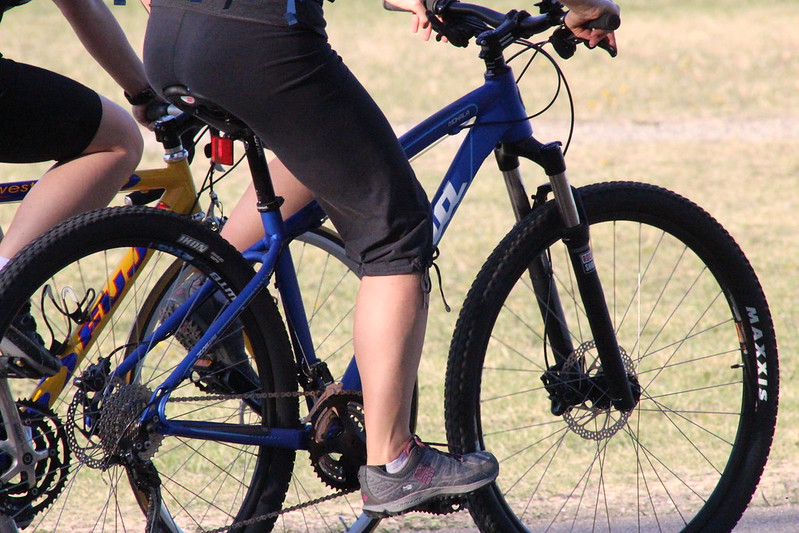
Pashak likens it to the consumer demand for impractical SUVs. Most consumers have no need for off-roading gas-guzzling 4x4s, but they still sell by the bucketload. We tend to have a weakness for aspirational consumer goods, and we conflate stuff with lifestyle.
You really see a contrast when visiting the great bike cities of Europe, which are overflowing with practical, unsexy, well-used bikes in all manner of black. Mikael Colville-Andersen of Copenhagenize says Danes see bikes, not as status symbols, but as household appliances (he likens them to vacuum cleaners, which was an apt analogy, until we also managed to turn vacuum cleaners into fetishized status items. Thanks, Dyson).
I’m not saying everybody needs the kind of bike that Pashak is building — hell, I’ve never even tried a Detroit Bikes model — I’ve just seen how my own practical ride has made it easier to choose a bike as my transportation choice more often. I still love my road bike and my mountain bike, but they stay in the garage when I’m headed to the pub or grocery store.
Where I see hope in this scenario is the always reliable North American quality of laziness. Perhaps the only thing we value more than consumer status symbols is convenience. And if you’re looking for convenience, not much beats a reliable, time-tested, ultra-practical, universally unsexy, plain old bicycle.
